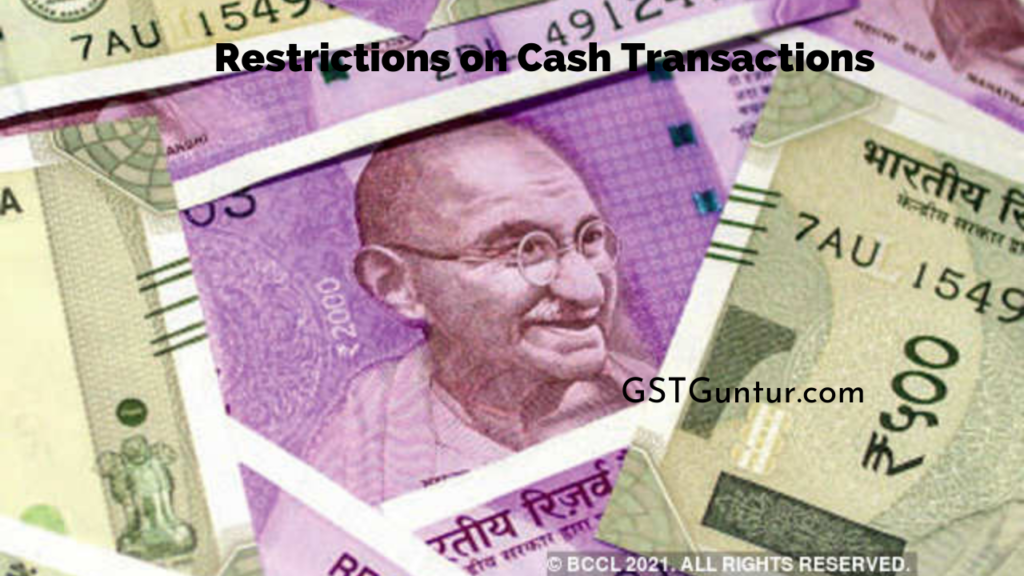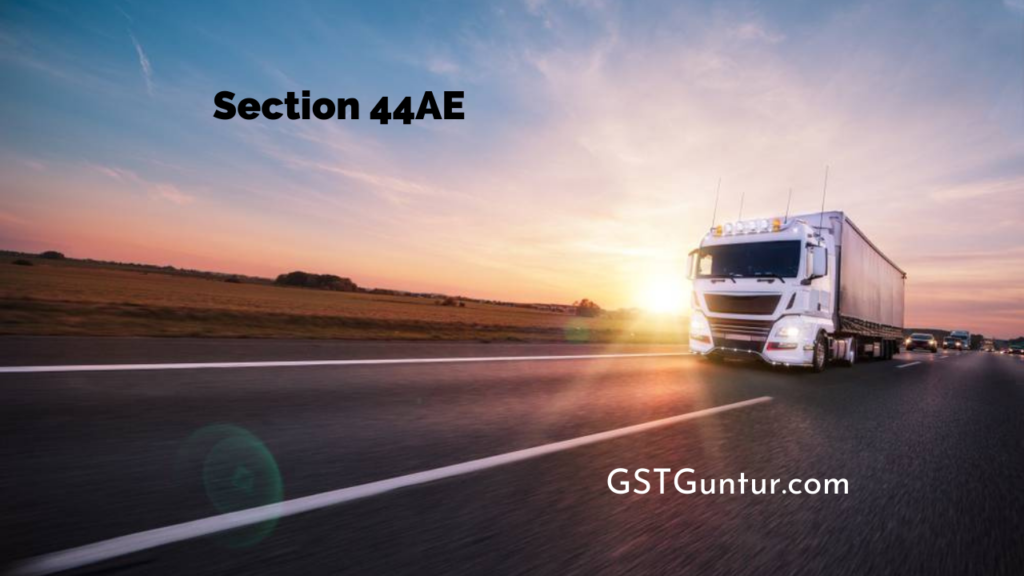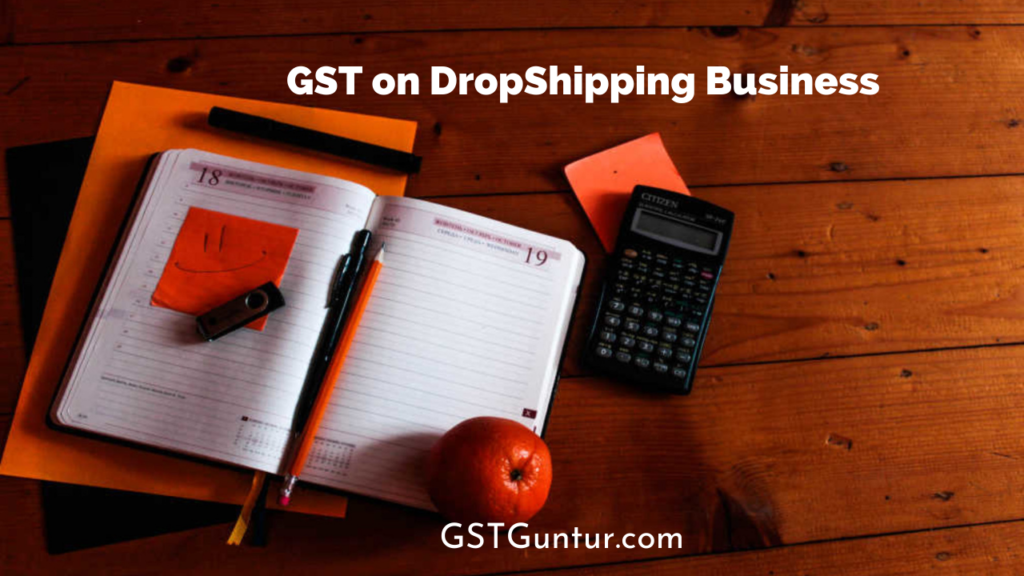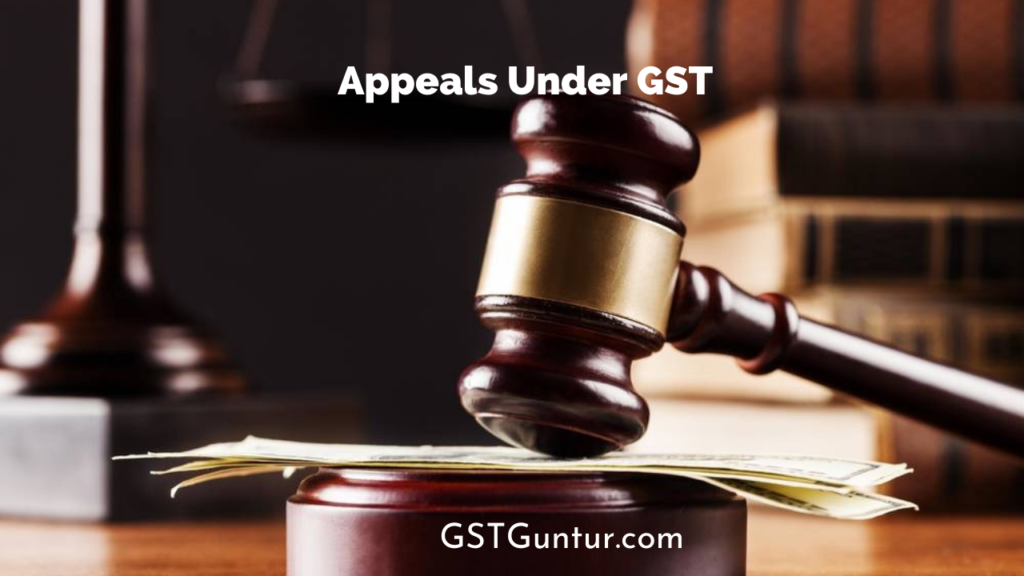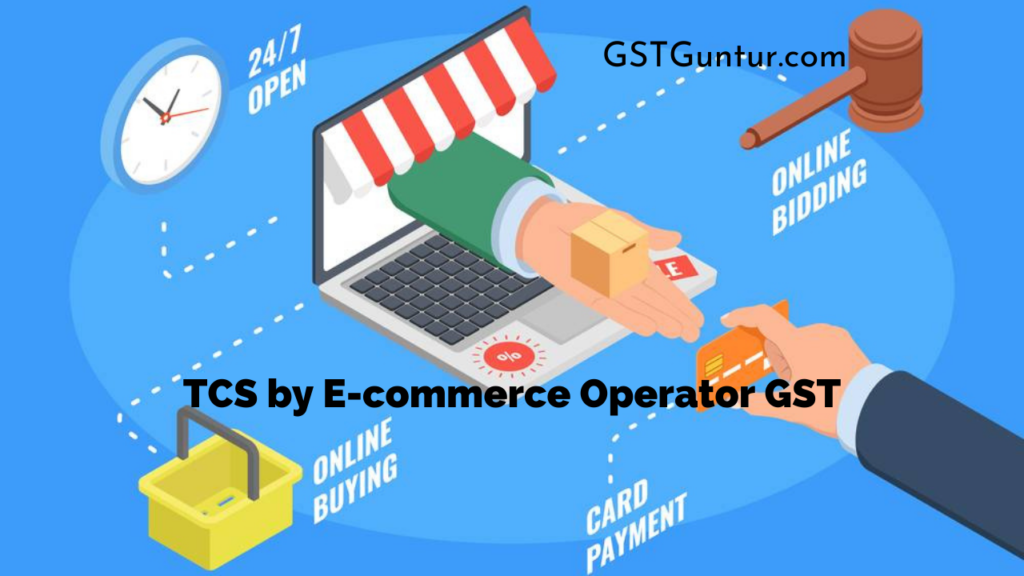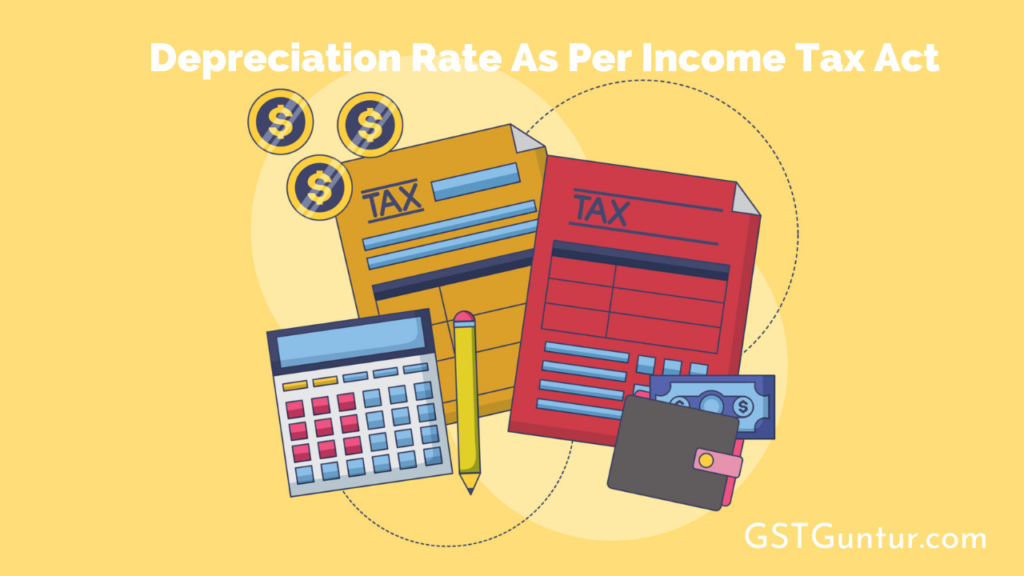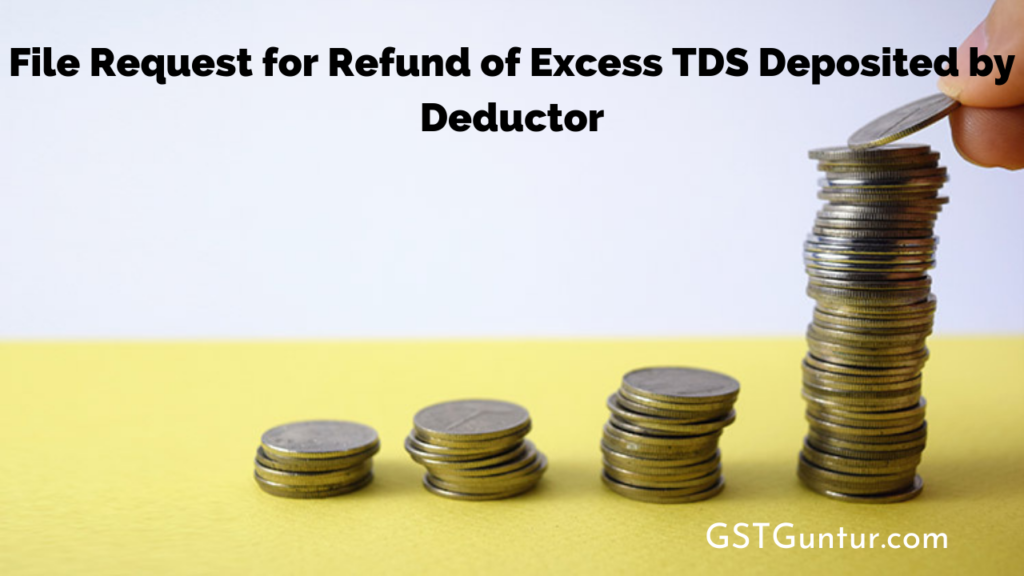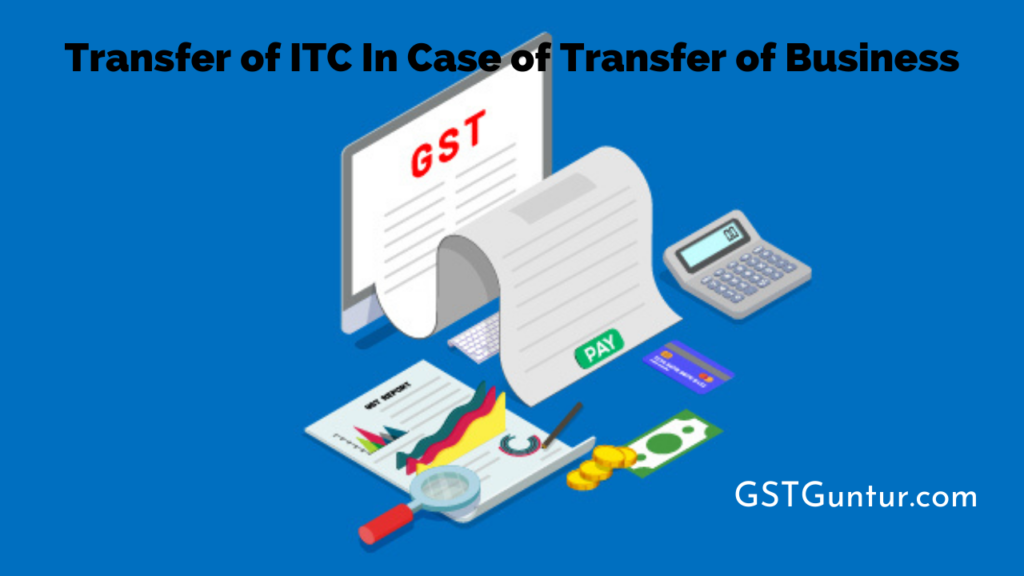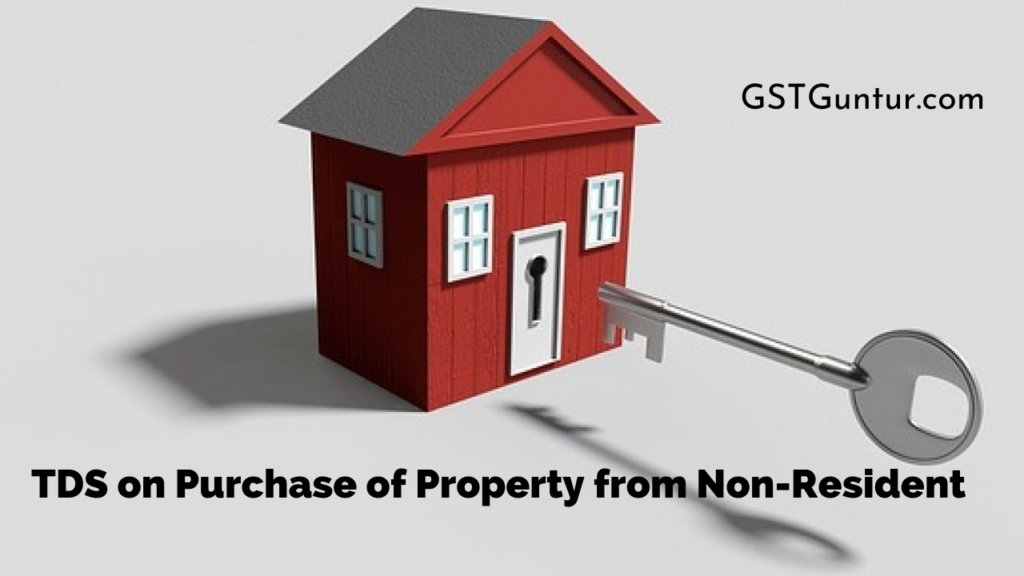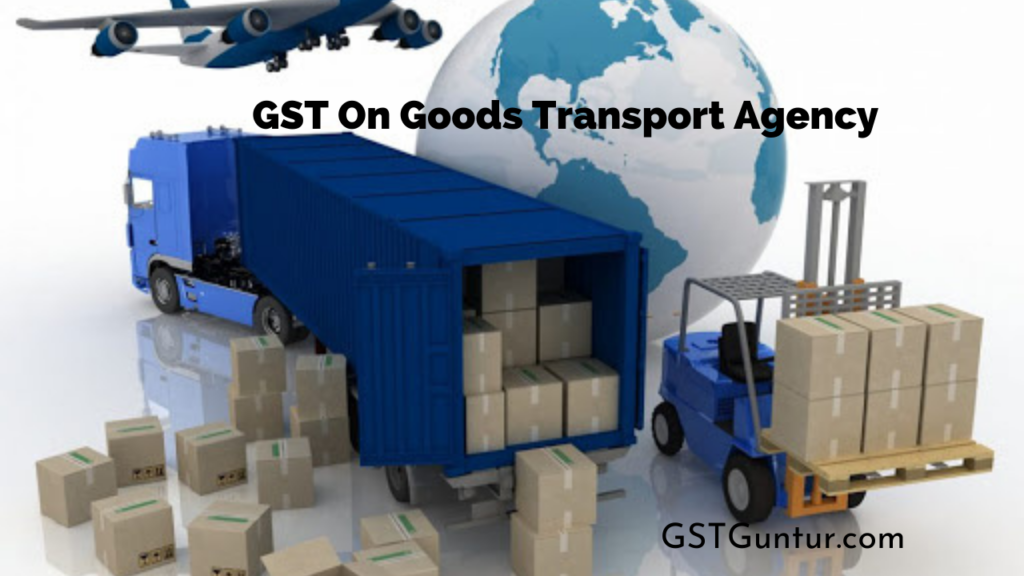Appeals Under GST: According to Section 2(4) of CGST Act, “adjudicating authority” means any authority, authorised or appointed to pass any decision or order under this Act, but does not incorporate the Excise and Customs of the Central Board, the Authority for Advance Ruling, the Appellate Authority for Advance Ruling, the Revisional Authority, the Appellate Tribunal and the Appellate Authority;
If appellate authority is convinced that the appellant was allowed it to be presented within a further period of one month but prevented by sufficient cause from presenting the appeal within the period as mentioned earlier of three or six months.
Appeal Before Appellate Authority
Any individual who believes that the decision or order by the adjudicating authority is not as per law then such individual can file an appeal to the Appellate Authority. Within three months of the communication of order or decision, the appeal should be filed to such an individual.
Commissioner may at its own proposal call for and inspect the record of any proceedings in which an adjudicating authority has passed a decision or order. The commissioner may command any subordinate officer to appeal to the Appellate authority. Within six months, the appeal should be filed from the date of communication of such a decision or order. In such a circumstance, such an authorised officer should be acknowledged as an appellant.
Procedure of Appeal
Such appeal, accompanied by relevant documents, should be made in Form GST APL-01. An immediate provisional acknowledgment will be issued. On filing GST APL-01 within seven days, a certified copy of the order or decision in dispute is presented. A final statement indicating the appeal number shall be published in Form GST APL-02.
Within 7 days of filing GST APL-01 along with the submission of the certified copy, the date of filing GST APL-01 shall be acknowledged as the date of filing the appeal. The date of submitting the copy is considered the date of filing the appeal; if a certified copy is submitted after seven days.
When the subordinate officer concerning the commissioner is filing an appeal, the person must submit a certified copy of the decision or order within seven days and the filed appeal in Form GST APL-03.
If any sufficient cause is determined at the event of the hearing, then a short period of time is granted to parties and adjourn the hearing by the Appellate authority. The reasons are to be documented in writing. Such adjournment may be granted a peak of three times to a party.
The appellate authority shall pass an order after inquiring, as it thinks proper, confirming, modifying or annulling the decision or order. The appellate authority shall not suggest the case back to adjudicating authority that established the order or judgment in dispute.
Suppose any order enhancing any fee or penalty or input tax credit is to be given or reducing the refund amount. In that case, the appellant should be given a reasonable opportunity of being heard.
The order shall be in writing and shall state the points for determination and decision while the appeal disposal and reasons for such decision.
A copy of the order is to be transferred to the respondent, to the adjudicating authority and appellant.
Appellate Authority
Any individual can file their appeal to:
- the Commissioner (Appeals) where such order or decision is passed by the Additional or Joint Commissioner.
- [any officer who is not subordinate to the rank of Joint Commissioner (Appeals)] where such order or decision is passed by the Assistant or Deputy Superintendent or Commissioner.
Any officer directed by the commissioner may appeal to:
- [any officer who is not subordinate to the rank of Joint Commissioner (Appeals)] where the Joint or Additional Commissioner passes such order or decision.
- the Additional Commissioner (Appeals) where such order or decision is passed by the Assistant or Deputy Superintendent or the Commissioner.
The Procedure to Appeal
In Form GST APL-05, such appeal is made, along with appropriate documents. Immediately, a provisional acknowledgment will be issued. A certified copy of the decision pr order in dispute must be submitted within seven days of filing GST APL-01, along with fees. A final acknowledgment showing the appeal number shall be published in Form GST APL-02.
Where within 7 days of filing GST APL-01, the certified copy is submitted and then the date of filing GST APL-01 shall be acknowledged as the date of filing the appeal. Suppose after 7 days, a certified copy is submitted, then the submission date of the copy is regarded as the date of filing the appeal.
The fees for restoration of an appeal or for an appeal shall be below:
- Rs. 1,000 should be paid for every Rs. 1 lakh of input tax credit or tax involved or amount of fine, penalty or fee determined in the order against which appeal is made.
- not more than Rs. 25,000.
There shall be no compensation for application made before the Appellate Tribunal for rectification of errors.
The application is to be made in Form GST APL-07 when made by a subordinate officer of the commissioner. Within seven days of filing the form, a certified copy of the order or decision must be submitted.
Appeal To High Court
Any individual may file an appeal to the High Court who has been aggrieved by any order or decision passed by the Appellate Tribunal. If the appeal is satisfied, the high court may admit such appeal, which incorporates a substantial question of law.
Within 180 days, the appeal is to be filed from the date on which the order appealed against is obtained by the individual. If the High Court is satisfied that there was sufficient cause for not filing it within 180 days, then the High court may entertain such appeal after the expiry of 180 days.
Where a substantial question of law is involved in any case and the High Court is satisfied with that, then the appeal shall be heard only on the question so formulated by them. However, at the hearing, the respondents can or are allowed to argue that the case does not require such a question. The high court, at its preference, may allow the appeal on any different question if it is convinced that the case involves such a question.
The High Court shall deliver such judgement after deciding the question of law, containing the grounds on which such decision is established and may grant such costs as it deems fit.
An appeal shall be heard by a bench of two or more Judges if it is filed before the High court, and according to the opinion of a majority of judges, the final order shall be decided. The Judges shall present and specify the point of law on which they differ when there is no majority and, on that point apprehended by one or more of other Judges. And then, such points will be determined according to the majority.
The sum due to the Government has to be paid as a result of an order or decision by the Appellate Tribunal as per the order, even if the appeal is filed in the High Court.
An appeal is suggested to made in Form GST APL-08.
Appeal To Supreme Court
Any person aggrieved by the Appellate Tribunal or High Court order can file an appeal in Supreme Court.
According to the provisions of the Code of Civil Procedure, 1908, relating to appeals shall apply to the Supreme Court.
The sum due to the Government has to be paid as a result of an order or decision by the Appellate Tribunal as per the order, even if the appeal is already filed in the High Court.
Circumstances in which Appeal Should be Disposed
Every appeal should be heard and then decide within a period of one year by the Appellate Tribunal from the date on which it is filed. The terms applied here is “as far as possible”. Therefore, there is no legal binding to pass such order within one year only, on Appellate Tribunal.
Certain Conditions Where an Appeal Not To Be Filed By Central Tax Officer
To regulate the filing of application or appeal, the board, on the council’s recommendations, may issue orders for fixing monetary limits by the officer of the central tax under the provisions of this Chapter.
An appeal doesn’t bind the officer not to file an appeal in similar issues or question of law when an officer does not file an appeal on one issue. Any individual signifying a party in the appeal cannot contest that the officer has not filed an appeal in a related case. Thus in the disputed issue, the decision is accepted.
Non-Appealable Orders and Decisions
No appeal shall lie against any decision taken, or order passed associates to any one or more or order passed by an officer of central tax if such decision is taken on the following matters:
- an order of other authority empowered or the Commissioner to direct the transfer of proceedings from one officer to another officer.
- an order concerning the seizing or retention of register, other documents and books of account.
- an order sanctioning prosecution under this Act.
- an order passed under section 80. (Payment of other amounts or tax in installments)
Production of Additional Evidence before the Appellate Tribunal or Appellate Authority
Any evidence, whether documentary or oral, is not allowed to produce by the appellant before the appellate authority other than the evidence produced by the person before the adjudicating authority. Similarly, that individual is not permitted to produce any evidence, whether documentary or oral, before the appellate tribunal other than the evidence produced by the person before the appellate authority.
However, in the following circumstances, an individual can produce or additional evidence is allowed:
- when the adjudicating authority or, as the state may be, the Appellate Authority has declined to admit evidence which ought to have been accepted.
- when the appellant was barred by sufficient cause from exhibiting the evidence which the person was called upon to produce by the adjudicating authority or, as the state may be, the Appellate Authority.
- when the appellant was barred by sufficient cause from producing any evidence which is relevant to any ground of appeal before the adjudicating authority or, as the state may be, the Appellate Authority.
- when the adjudicating authority or, in some instances, maybe, the Appellate Authority has addressed the order appealed against without providing sufficient opportunity to the appellant to adduce proof relevant to any ground of appeal.
Appellate Tribunal or Appellate Authority has to record in writing the reasons for admission of any additional evidence.
An officer authorised on the authority’s behalf, or the adjudicating authority has to be allowed a reasonable opportunity to examine the evidence or document or to produce any evidence or to cross-examine any witness produced by the appellant or any witness in rebuttal of the evidence produced by the appellant.
Authorised Representative
Before Appellate Authority or Appellate Tribunal, the officer, on a person’s behalf, may authorize another person to appear. However, in some instances, the main person has to appear personally for examination on affirmation or oath.
A person may designate the following individuals as authorised representative:
- their regular employee or relative.
- An advocate who is authorised to practice in any court in India and who has not been suspended from practising before any court in India.
- Any chartered accountant, a company secretary or a cost accountant who holds a certificate of practice and who has not been suspended from practice.
- An officer who is retired from the Commercial Tax Department of the Board or any State Government or Union territory, who during their service under the Government, had served in a post, not lesser the rank than that of a Group-B Gazetted officer for a term of not less than two years: under this Act, provided that such officer shall not be entitled to appear before any proceedings for a period of one year from the date of the person’s resignation or retirement.
- Any individual who has been in charged to act as a tax practitioner on behalf of the concerned registered person on goods and services.
Suppose an individual is found to be guilty of misconduct relative to any proceedings under this Act. In that case, the Commissioner may disqualify the person from appearing as an authorised representative after providing the person with an opportunity of being heard. This provision doesn’t practice to somebody covered in points (i) and (iii) above.
Following persons are barred from acting as authorised representative:
- the person who has been removed or dismissed from Government service
- the person who is convicted of an offence related with any proceedings under this Act, the Integrated Goods and Services Tax Act or the Union Territory Goods and Services Tax Act, the State Goods and Services Tax Act, or under any of the Acts or under the existing law passed to deal with the imposition of taxes by a State Legislature, on the supply of goods or services, or sale of goods or both.
- the person who is found guilty by the prescribed authority of misconduct.
- the person who has been convicted as an insolvent is barred for the period until the insolvency does not get solved.
Revisional Authority
Revisional Authority may, at its own motion or upon information received by the person or on request from the commissioner, call for and examine the record of any proceedings. And suppose he considers that any order or passed by any officer subordinate to that individual is illegal, or is prejudicial to the interest of revenue, or has not taken into account certain material facts, or improper. In that case, he may stay the operation of such order or decision for such period as that person deems fit. After giving the concerned person an opportunity of being heard and after pass such order, making such enquiry, as the individual thinks just and proper.
The revisional authority shall not exercise any power if:
- an appeal has been made against such order in the appellate tribunal, appellate authority, High court or Supreme court.
- six months from the communication of order has not been elapsed.
- three years or more than that have been passed after the passing of such a decision or order.
- an order that has already been established by a revisional authority.
If an appeal is made in the appellate tribunal, appellate authority, Supreme court or High court, then any order on any point which has not been raised and decided can be given by revisional authority before the expiry of one year from the date of order of such appeal.
The Disposal Time-period of an Appeal
After hearing every appeal within a duration of a year from the date on which it is filed, its decision should be made by the Appellate Authority. The terms used here is “where it is possible to do so”; therefore, to pass such order within one year only, there is no legal binding on Appellate Authority.
Also, where issuance of order is lingered by order of a Tribunal or Court, the period of such hold shall be excluded in computing the term of one year.
Appeal before Appellate Tribunal
Any individual aggrieved by the order passed by the revisional authority under Section 108 or by appellate authority under Section 107 can file an appeal to the appellate tribunal within three months from the date of communication of such order to the individual.
Within three months, if it is convinced that there was sufficient reason for not presenting it within that period, the appellate tribunal may admit an appeal after the expiry of a period of three months.
When the taxable amount, input tax credit, fine, penalty or the difference in tax, an input tax credit is up to Rs. 50,000, then such appeal may get rejected or refuse to admit by the appellate tribunal. Hence, even if individual amounts are less than Rs 50,000, or if the total demand exceeds Rs 50,000, the appeal cannot be denied.
For the purpose of own motion call and to examine, the commissioner may hold the order of appellate authority or revisional authority. In order to apply to the Appellate Tribunal, the appellant may direct any subordinate officer. The appeal should be made or filed within six months from the date on which the order has been passed. In such a circumstance, an authorised officer should be acknowledged as an appellant.
Payment Before Appeal
When the appeal is made before Appellate tribunal by the registered individual, then such appeal can be made only after the appellant has paid the fine, fee, penalty, tax, and interest in the order, which the person has admitted. The appellant is also obligated to pay 20% of the leftover amount of tax in dispute arising from the order, in association to which appeal has been filed. This 20% remaining amount will also be the expense paid when filing an appeal before the Appellate authority.
The recovery for the balance amount shall remain deemed to stay when such amount is paid by the appellant, and it will remain deemed until the appeal’s disposal.
If any satisfactory cause is presented at the time of the hearing, then time is granted to parties and adjourn the hearing by the Appellate authority. In writing, all the presented reasons are to be recorded. A maximum of three times to a party can be provided on such adjournment.
After giving parties an opportunity by the Appellate tribunal of being heard, passes such orders as it deems fit. It can confirm, annul or modify the order or decision or may refer the case back to the appellate authority, original adjudicating authority or revisional authority with such direction as it may deem fit.
To rectify any error caused, may amend any order passed by the appellate authority. If an error is noticed by its own accord or the other party to the appeal or is brought to its notice by the commissioner within a period of three months from the order. No amendment shall be made, which will reduce a refund or input tax credit unless the party or enhancing an assessment is allowed to be heard.
Other Payment Before Appeal
When the appeal is made by the registered individual before the appellate authority, then such appeal can be made only after the appellant has paid the tax, fee, penalty, interest, and fine in the order, which he has admitted. In addition, the appellant is also obligated to pay 10% of the leftover amount of tax in dispute (maximum Rs. 25 crores) arising from the order, relative to which the appeal has been filed.
When such an amount is paid by the appellant, the recovery for the balance amount shall be deemed to stay.
